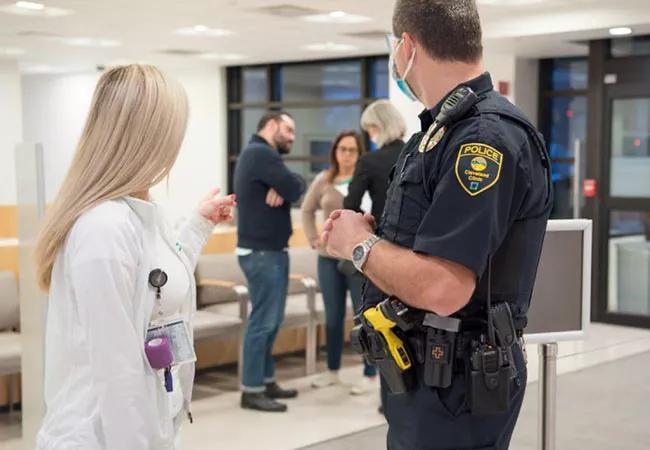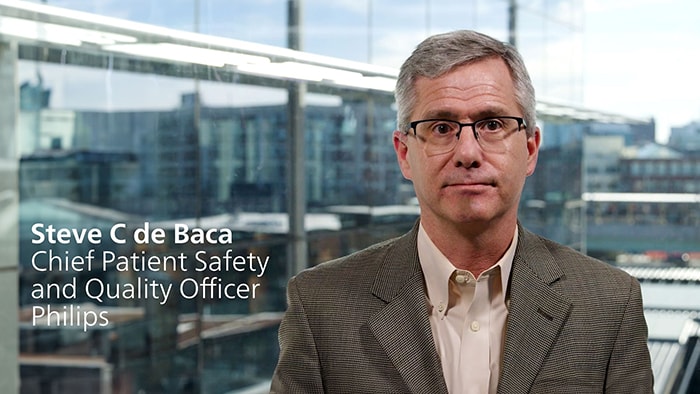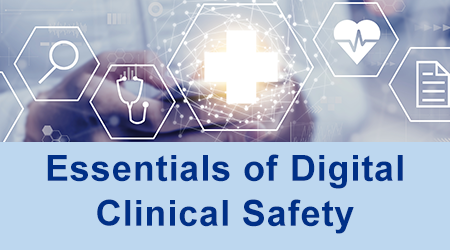Clinical Safety Officer: Ensuring Compliance with Healthcare Regulations and Standards
Clinical Safety Officer: Ensuring Compliance with Healthcare Regulations and Standards
Blog Article
Top Obligations of a Professional Safety Police Officer in Modern Healthcare
In the progressing landscape of modern-day healthcare, the function of a Professional Safety Policeman has actually come to be increasingly important. These specialists are tasked with systematically determining and taking care of professional risks, yet their responsibilities prolong much past plain oversight. From developing thorough safety protocols to promoting a society of security within medical care groups, their impact is extensive. As they browse the intricacies of governing conformity and personnel training, one need to think about exactly how these initiatives straight influence person treatment results. What are the underlying difficulties they deal with in this diverse role, and how can they be successfully attended to?
Threat Evaluation and Management

The CSO teams up with multidisciplinary groups to collect data on events and near misses, promoting a society of transparency and continuous renovation. By examining fads and patterns, the CSO can determine areas calling for treatment, eventually reducing the chance of negative events. In addition, the CSO guarantees conformity with regulative standards and standards, which serve to boost individual safety and decrease obligation threats.
Efficient communication is essential; the CSO should share risk searchings for to stakeholders, including health care carriers, patients, and managers. In addition, the CSO must stay abreast of arising threats connected with new innovations and therapy modalities, adjusting risk management methods as necessary. Ultimately, by fostering an atmosphere of positive threat monitoring, the Clinical Security Police officer adds considerably to the general security and high quality of treatment provided within medical care setups.
Creating Safety And Security Protocols

In cooperation with multidisciplinary groups, the Professional Safety and security Officer examines information from case reports and run the risk of evaluations to notify procedure growth. This consists of developing clear, workable treatments for different situations, such as infection control, medicine management, and emergency situation reaction. Making sure that methods are not just effective but additionally practical is important; they should be easily comprehended and incorporated into everyday operations.
Furthermore, the Clinical Safety Police officer continues to be upgraded on the current innovations in safety actions and medical care innovations, adapting protocols as necessary. Routine reviews and updates of these protocols are essential to guarantee they remain appropriate and efficient in attending to emerging threats. Ultimately, strong safety methods offer as a foundation for a culture of safety, cultivating an atmosphere where patient treatment is prioritized and threats are systematically mitigated.
Carrying Out Training Procedure
While safety protocols provide the structure for risk administration, conducting efficient training sessions is vital to make certain that all health care team excel in these protocols. A Scientific Security Officer plays an essential role in establishing and executing extensive training programs customized to the particular requirements of numerous teams within the health care setup. This consists of arranging workshops, seminars, and hands-on training that attend to existing safety requirements, emergency situation procedures, and using safety and security equipment.
In Addition, the Professional Safety Officer should examine the expertise voids amongst team participants, ensuring that training sessions are interesting and pertinent. Employing a mix of instructional methods, such as interactive simulations and case studies, can enhance understanding and retention. Clinical safety officer. Frequently arranged training refreshers likewise reinforce staff readiness and flexibility to advancing safety and security procedures
Moreover, promoting a society of safety within the company is important. The Scientific Security Policeman ought to encourage open discussion and responses throughout training sessions, enabling staff to voice problems and share experiences. Inevitably, well-conducted training sessions equip health care professionals to react successfully to prospective risks, cultivating a more secure atmosphere for both patients and team.
Tracking Compliance Requirements
Monitoring conformity standards is integral to the function of a Professional Security Officer, making certain that all security protocols are continually abided by throughout the health website here care center. This obligation involves routine assessments of clinical techniques, policies, and treatments to align them with well established regulatory and business standards.
The Scientific Safety Policeman must carry out organized audits and assesses to determine possible gaps in conformity, fostering a positive strategy to patient security. By implementing robust surveillance systems, the officer can efficiently track adherence to safety procedures and promptly address any type of inconsistencies.
Additionally, the Scientific Safety and security Officer collaborates with different divisions to make certain that all team member are aware of and understand compliance demands. This consists of assessing incident reports, examining danger monitoring approaches, and providing feedback to improve techniques.
Furthermore, the officer should stay updated on developing health care guidelines and criteria, making certain that the center adjusts as necessary. By growing a society of accountability, the Clinical Safety and security Policeman plays an important function in improving the general safety and quality of care supplied to people, inevitably adding to far better wellness results and business honesty.

Promoting a Culture of Safety And Security
Developing a culture of security within a medical care center is important for enhancing and reducing dangers individual treatment. A Professional Safety And Security Officer (CSO) plays a critical duty in fostering this environment by promoting accountability, transparency, and continuous enhancement among personnel whatsoever levels. The CSO carries out and establishes security procedures that encourage open communication and you could try this out coverage of incidents without fear of .
To properly advertise a society of security, the CSO should participate in normal training sessions that stress the relevance of person safety and security and threat administration. These sessions ought to include real-life study and simulations to aid personnel acknowledge potential hazards and recognize their duties in alleviating them. Furthermore, the CSO ought to facilitate interdisciplinary cooperation, making certain that all departments collaborate to attend to safety concerns adequately.
Routine assessments and feedback mechanisms are crucial elements of this society. The CSO needs to evaluate safety and security information, identify fads, and share findings with the whole organization to drive renovation efforts. By prioritizing security, the CSO cultivates an environment where personnel feel encouraged to advocate for their people, resulting in boosted care top quality and eventually, far better health end results.
Conclusion
In verdict, the role of a Clinical Safety and security Officer is important to fostering a risk-free medical care environment. By systematically recognizing medical dangers, developing extensive safety and security protocols, and carrying out specialized training, these specialists improve team readiness and compliance with regulative criteria. Promoting a culture of safety and security via open communication and interdisciplinary collaboration substantially adds to boosted individual treatment. Inevitably, the initiatives of Clinical Safety Policemans make sure that security remains a critical focus within health care settings.
Ultimately, by cultivating a setting of aggressive danger administration, the Medical Safety Police officer adds dramatically to the total security and high quality of care supplied within health care settings.
Furthermore, the Professional Safety and security Policeman remains upgraded on the most current developments in safety actions and medical care modern technologies, adapting protocols as necessary. Eventually, strong security protocols offer as a foundation for a society of security, fostering a setting Learn More where client care is prioritized and risks are systematically minimized.
To efficiently advertise a society of security, the CSO needs to involve in normal training sessions that emphasize the value of patient security and threat administration (Clinical safety officer). Ultimately, the efforts of Professional Security Officers make certain that safety continues to be a paramount emphasis within healthcare settings
Report this page